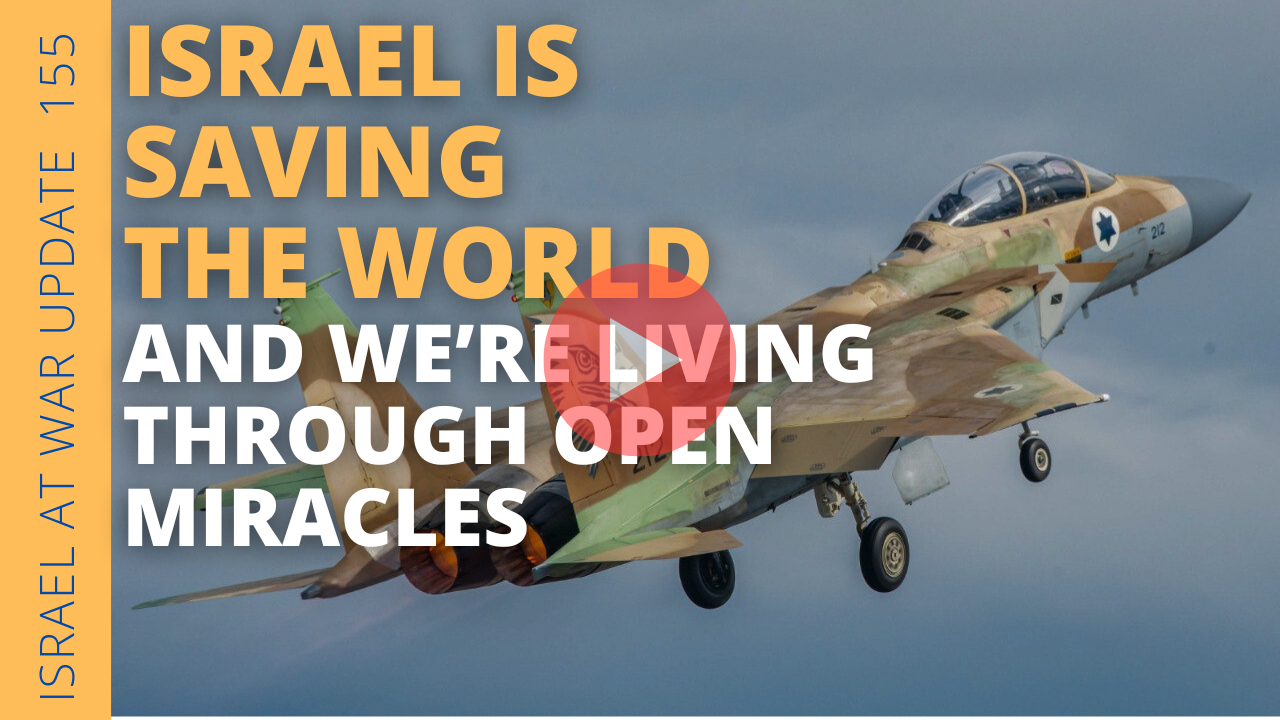What is certain is that Iran will not return to the state that existed before the assassination of Mahsa Amini.
(JNS / Israel Hayom) The year 2022 has passed and the year 2023 has begun, and Iran is witnessing the longest protests since the 1979 revolution. Although the pace of protests seems to fluctuate up and down, public anger remains unchanged, even though more than three months have passed.
This is because the root causes of the discontent have not been addressed and the regime continues its repressive measures in the hope that this will eventually lead to better control of the situation. What is certain is that Iran will not return to the state that existed before the assassination of Mahsa Amini.
When the wall of fear was breached, there were hundreds of casualties, according to published reports, and many influential public figures, including athletes, artists and scientists, fled abroad in fear of the regime’s ensuing wrath. The Iranian government’s strategy of suppressing demonstrations with excessive use of force has increased the space for outrage.
The current dilemma is that regime leaders, fearful of losing control, have resorted to more violence than they originally intended. All of this has led to a spiral of social anger from which it is difficult to escape and which has brought the regime to a real existential crisis.
The regime has even begun to turn to individuals who had faded into the background in recent years, such as former President Mohammad Khatami and Fatemeh Rafsanjani, the daughter of former President Hashemi Rafsanjani. These have begun to call for change “before it is too late” to give the impression that reforms are being sought.
However, all these attempts to cool the atmosphere and absorb public anger have been unsuccessful. Supreme Leader Ali Khamenei remains fearful of making concessions that he believes could lead to the fall of the regime.
Observers agree that the current protests in Iran have reached a state of chronic popular anger that is building up faster than the accumulation of fuel from the regime’s uranium enrichment operations and could permanently damage relations between the ruling regime and the Iranian people at any time.
It is difficult to continue to conduct the country’s affairs in this state of anger and outburst without addressing the underlying issues that have triggered that anger. Whether it is the internal repressive practices or the deteriorating economy, they play the most important role in bringing the Iranian people into a new state of anger.
No well-known Iranian actor or athlete living inside or outside Iran would have called the head of the regime, Ali Khamenei, a dictator before the protests broke out. However, this has been picked up on social media, helping to deepen the rifts between the people and the regime and encouraging the angry to stick to their guns.
The influence of social icons on the attitudes of Iranians, especially former soccer players such as Ali Karimi, who is one of the most vocal critics of the regime in his country and has nearly 15 million followers on Instagram, cannot be underestimated. The new generation of Iranians is also different from their predecessors. However, this is not unique to Iran.
Indeed, young people in all countries are different from the generations before them, whether in terms of their ambitions or in the way they respond to and deal with security-related threats.
In this context, reference should be made to Iranian chess player Sara Khadem, who participated in a tournament without a hijab, posing a clear and remarkable challenge to her country’s authorities, who rejected her and declared that she did not represent Iran.
It is clear that the protests in Iran on this occasion are a rebellion against the regime, its symbols, and its model of government, not against specific individuals. This rejection existed in the past, but it was limited to the elite and a small part of the Iranian people.
This is the biggest loss for the regime, which has played the card of changing faces over the past years and decades without changing its policies, both among the so-called reformers and conservatives, in order to continue to survive and give the impression that there is some kind of democracy and freedom of expression.
There are signs that the domestic political situation in Iran will not normalize. This is not at all related to the fall of the regime, which may remain unpredictable despite escalating internal tensions.
Rather, it is largely due to international conditions that weaken the ability of Western opponents of the regime to support internal movements, as well as the strength of the security apparatus, which many observers expect to weaken and loosen over time and perhaps even collapse.


 Whatsapp
Whatsapp





